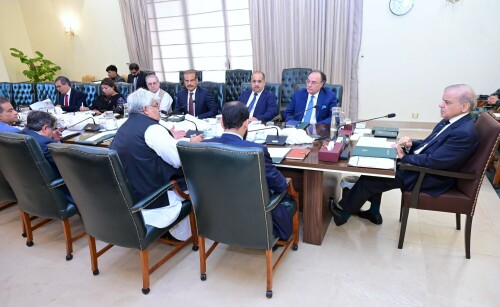FBR Launches AI-Driven Customs Clearance System
The Federal Board of Revenue (FBR) has introduced Pakistan’s first Artificial Intelligence (AI)-powered Customs Clearance and Risk Management System (RMS), marking a significant step toward digitization.
Initiated under the guidance of Prime Minister Shehbaz Sharif, the novel system is geared toward boosting transparency, minimizing manual processes, and expediting trade, ultimately improving the effectiveness of import and export activities.
The announcement followed a meeting on FBR-related issues, as stated in a release by the Prime Minister’s Office (PMO) on Monday.
It was detailed that the AI and bots would evaluate the cost and type of goods during import and export procedures.
The risk management system is designed to autonomously refine itself through machine learning, accompanying the movement of goods.
Improved Performance
Initial assessments of the system showed a performance increase of over 92%. The RMS identified 83% more Goods Declarations (GDs) for tax collection and facilitated the clearance of 2.5 times more GDs through the green channel.
The new RMS aims to bring enhanced transparency, reduce the need for human involvement, and benefit the business community.
Efficiency and Transparency
The system ensures instant and accurate valuation of goods, saving considerable time, according to the meeting’s details.
Prime Minister Shehbaz Sharif emphasized that reforming the FBR is a key priority for the government.
He added, “By automating the tax mechanism, we are enhancing its transparency and efficiency. This technology-centric system will simplify business operations and provide convenience to taxpayers.”
The Prime Minister instructed that the system be integrated and sustainable, commending the team involved in its creation.
A review meeting, led by PM Shehbaz, took place to assess current FBR reforms.
The meeting also covered video analytics-based strategies for improving tax collection within the manufacturing sector.
The PM was informed that tax recovery would be automated and transparent, increasing government revenue and enabling taxpayers to remit taxes without direct human interaction.
The cost-effective system achieved 98% efficiency in preliminary tests. Officials also briefed on its ability to increase tax revenues from the manufacturing sector.



Comments (0)
No comments yet. Be the first to comment!
Leave a Comment